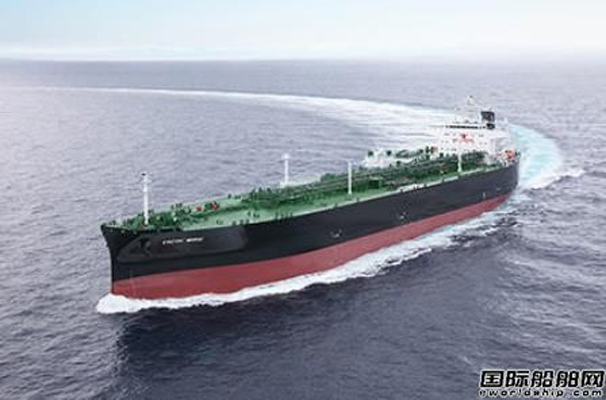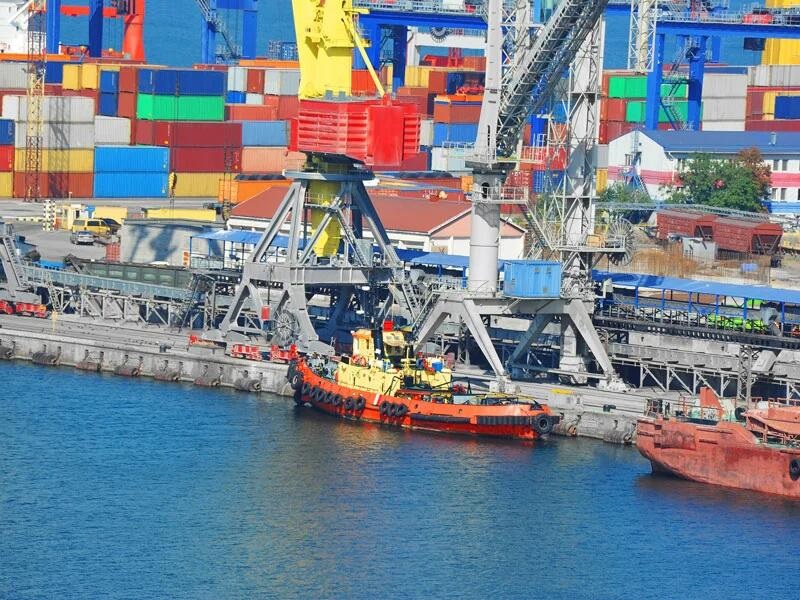Kawasaki Heavy Industries delivers the third 86700 cubic meter dual fuel LPG/liquid ammonia transport vessel

On December 28, 2023, Kawasaki Heavy Industries of Japan delivered the 86700 cubic meter LPG dual fuel large gas transport vessel (VLGC) "ENEOS MIRAI" built for the shipowner Eneos Ocean.
The ENEOS MIRAI is the third ship designed for the 86700 cubic meter LPG/liquid ammonia transport ship launched by Kawasaki Heavy Industries, expanding its loading capacity compared to the previous 84000 cubic meter LPG ships. This ship is the 10th LPG dual fuel VLGC built by Kawasaki Heavy Industries and the 73rd LPG ship delivered by Kawasaki Heavy Industries.
The AXIS RIVER has a total length of 229.90 meters, a width of 37.20 meters, a depth of 21.90 meters, a fully loaded draft of 11.65 meters, a speed of 17 knots, a capacity of 29 people, a total tonnage of 49541 tons, a carrying capacity of 56419 tons, and a cargo hold capacity of 86911 cubic meters. The main engine is a Kawasaki MAN B&W 6G60ME-C10.5-LGIP electronic control engine manufactured by Kawasaki Heavy Industries, which is classified by Japan Classification Society and is under the flag of Panama.
Kawasaki Heavy Industries stated that the LPG/liquid ammonia transport vessel developed this time can transport both LPG and liquid ammonia cargo simultaneously. While the main dimensions of the hull, such as length and width, have not changed much compared to previous ship types, the cargo hold capacity has been increased, allowing it to enter major LPG terminals around the world.
The ship operates on LPG fuel that can significantly reduce emissions of carbon dioxide and sulfur oxides, meeting IMO sulfur emission regulations and the third stage requirements of the Ship Energy Efficiency Design Index (EEDI). In addition, the ship also meets Tier III NOx standards, with the main engine using an exhaust gas recirculation device (EGR) and the generator using a selective catalytic reduction device (SCR). The ship has installed energy-saving technologies such as Kawasaki RBS-F and Kawasaki SDS-F, which have improved fuel efficiency. In addition, the ship has also obtained conceptual design approval from Japan Classification Society and can be retrofitted to operate using ammonia as fuel in the future.

